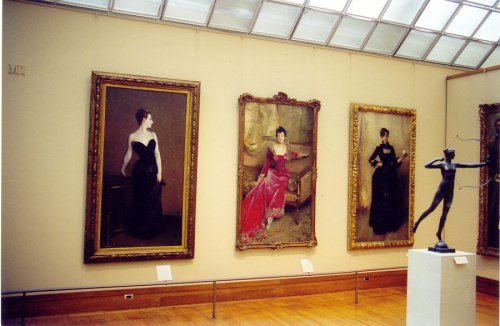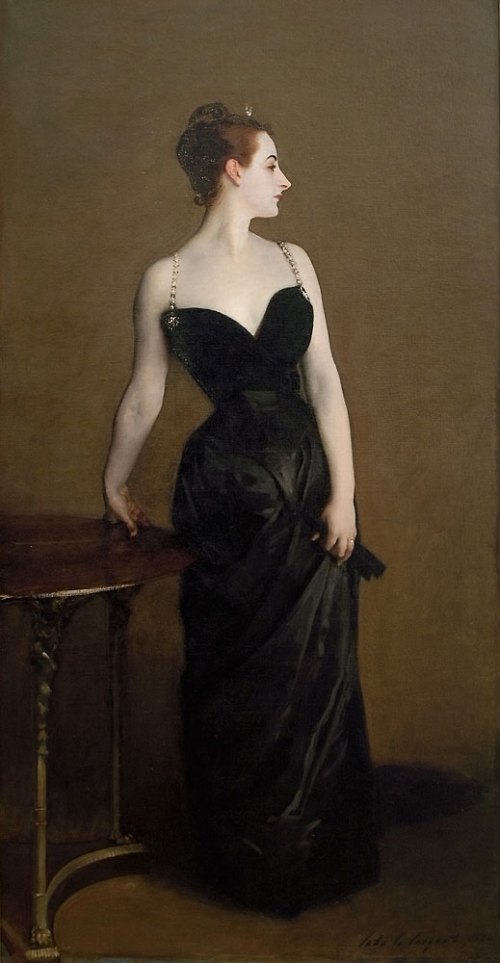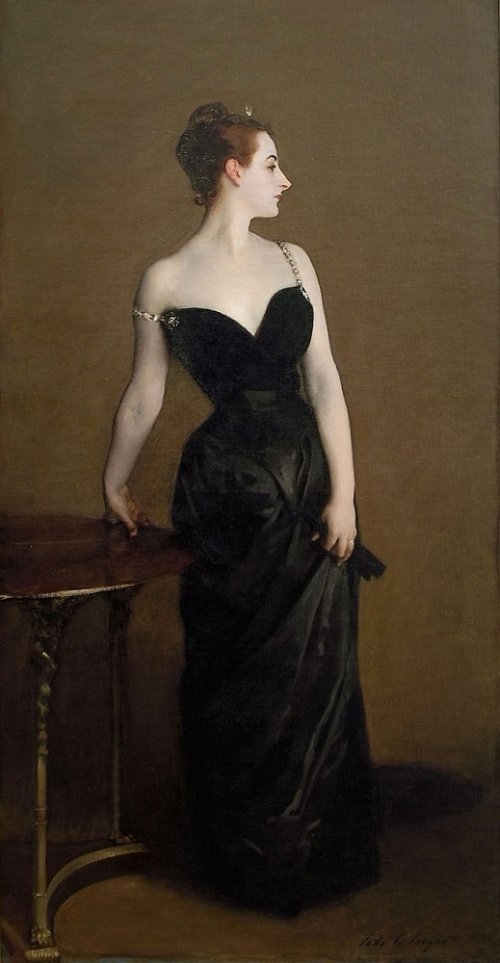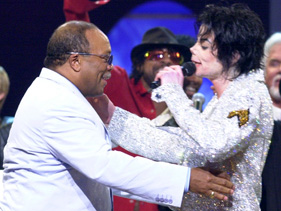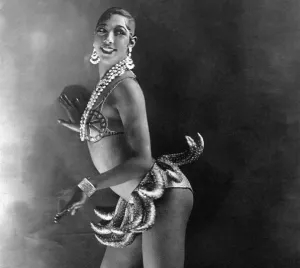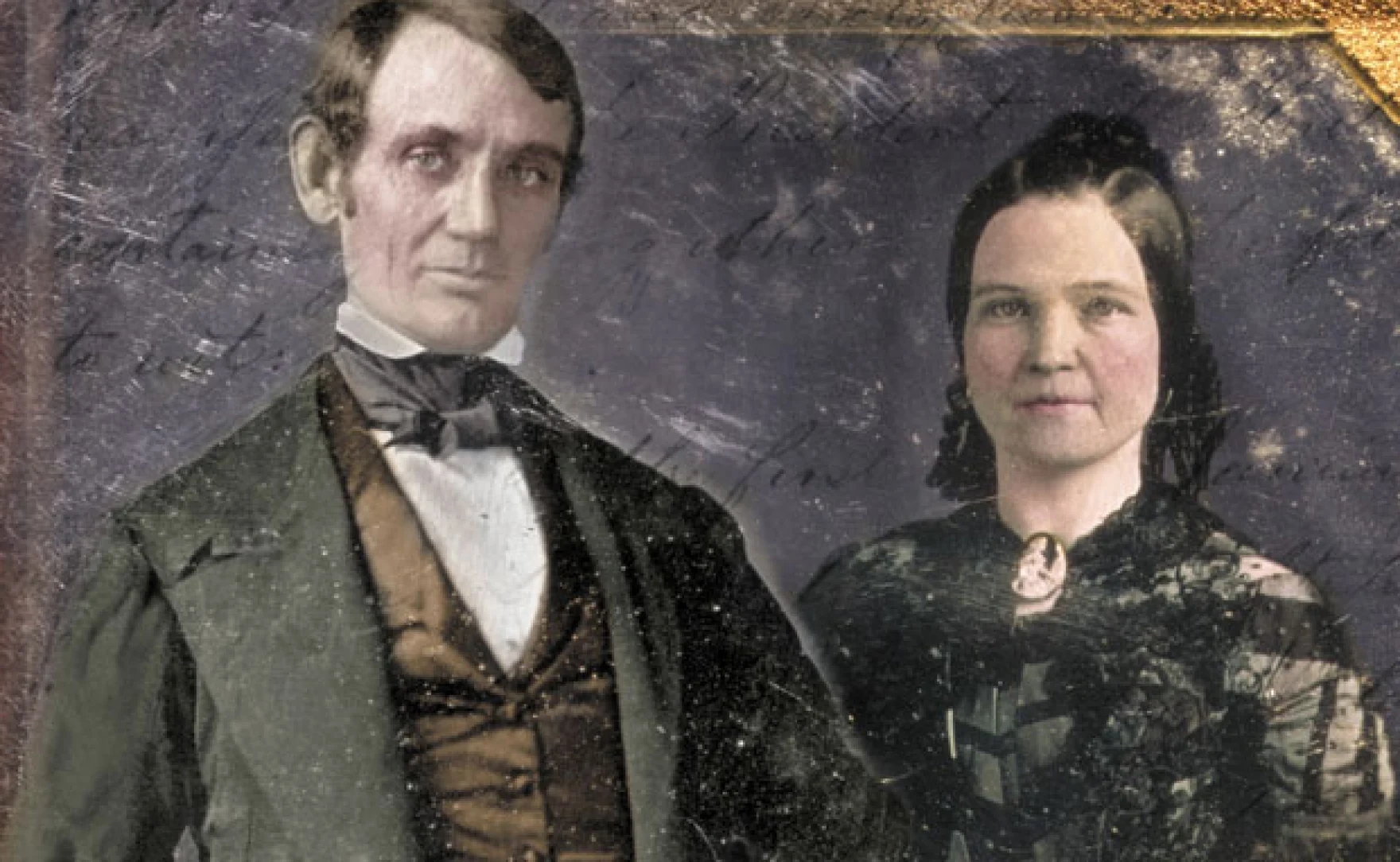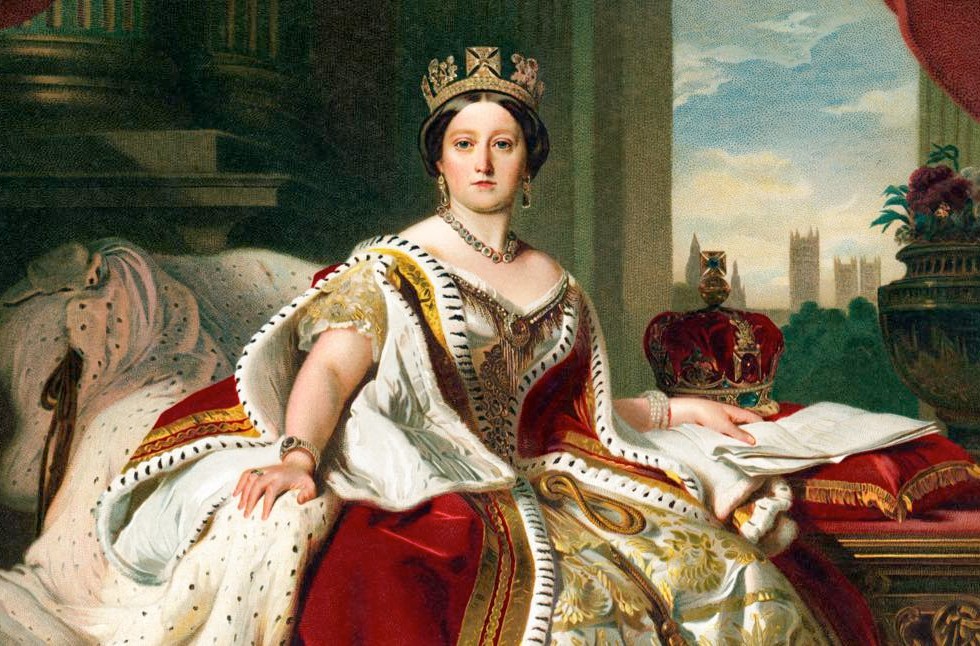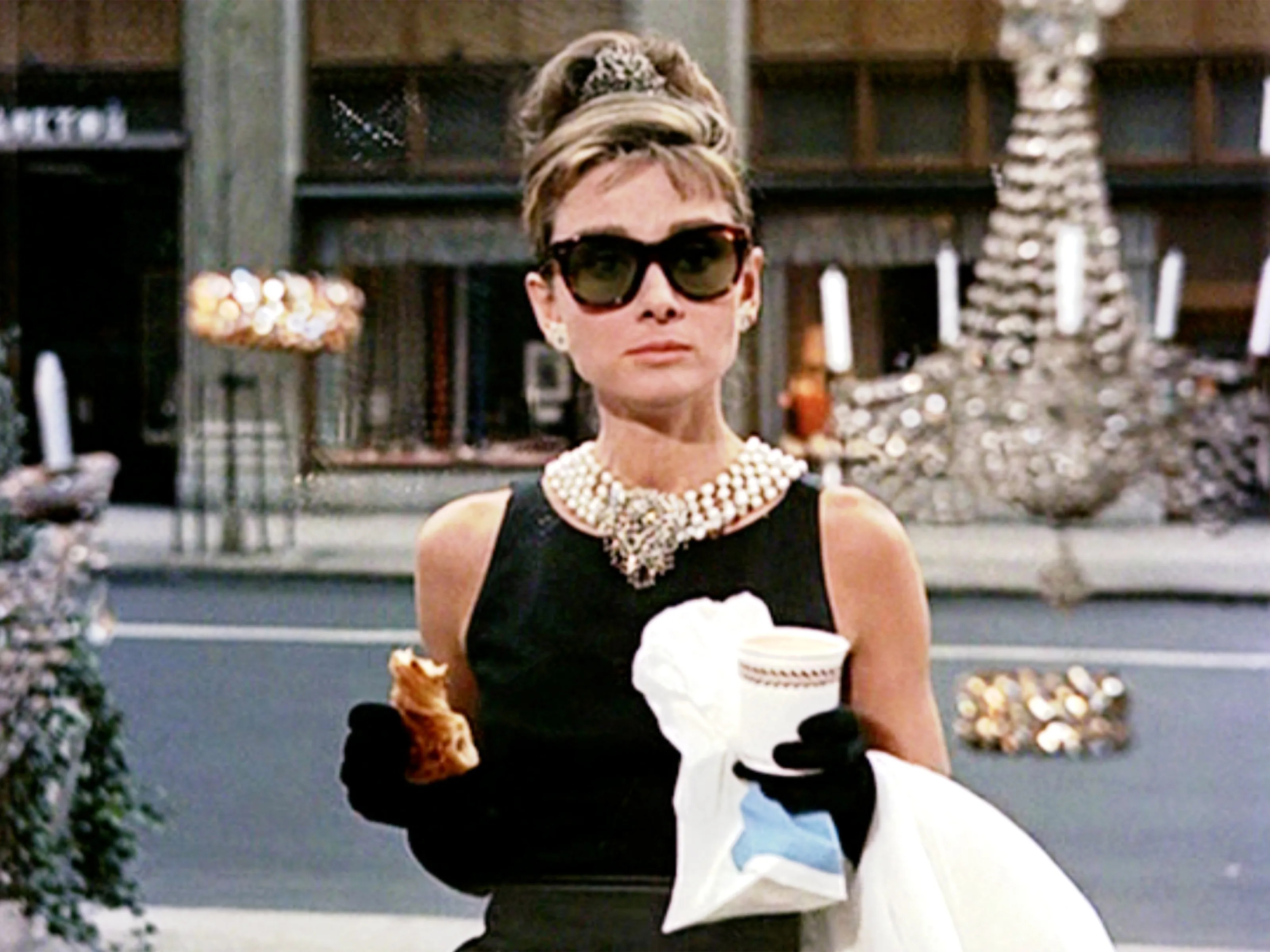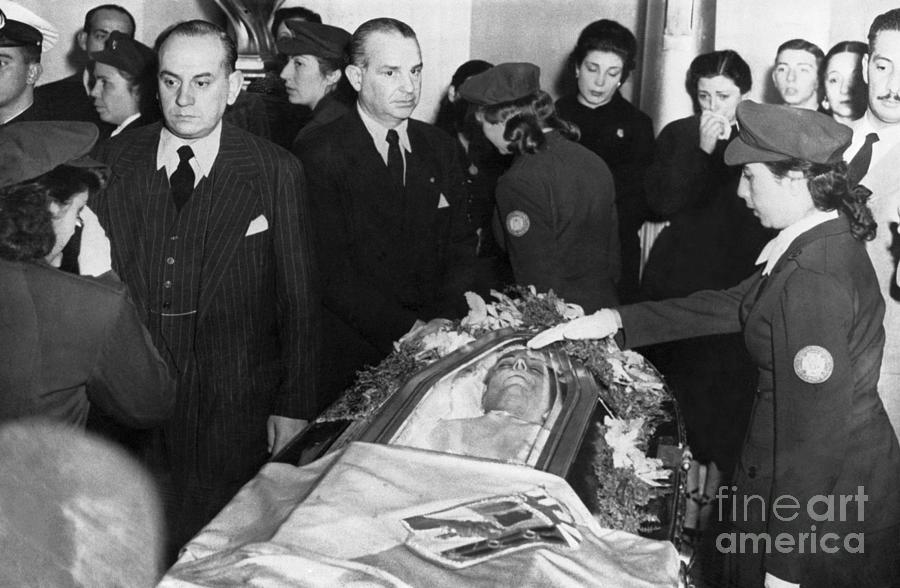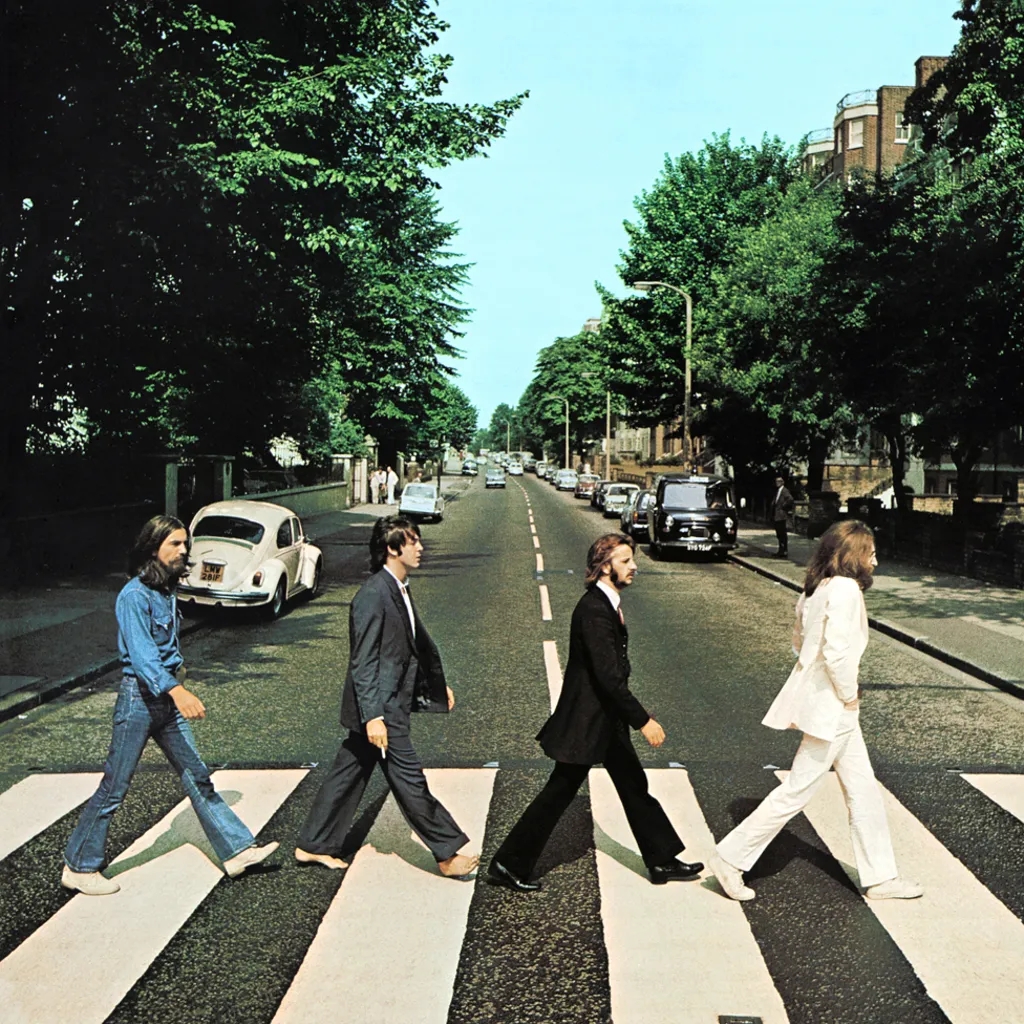
- Carla Bruni’s famous backside, photographed by Helmut Newton, long before she became First Lady of France
Bob Colacello of Vanity Fair magazine interviewed Carla Bruni for this November 1992 article titled “La Dolce Carla”:
It’s no wonder 24-year-old Carla Bruni has been linked, fairly or not, to several famous older men with names like Jagger, Clapton, and Trump. When the author caught up with the Italian model on the Riviera, he found her as smart and beautiful as she is charming and, well, beautiful.
Carla Bruni, the 24-year-old Italian-born model who may or may not have broken up Mick Jagger’s 15-year union with Jerry Hall, comes to the door of her parents’ house near Saint-Tropez wearing a bathing suit of van Gogh sunflowers on a blue Lycra field, cut extra high in the rear, making her long and sinuous legs seem even longer and more sinuous.
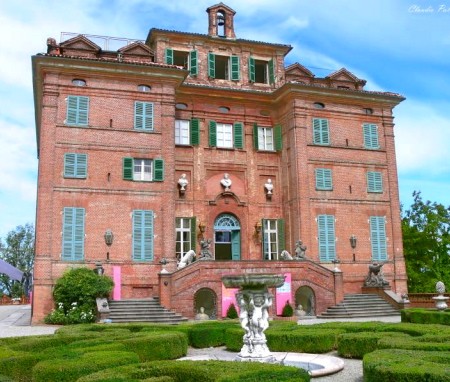
Carla Bruni Sarkozy's family home: the 40-room Castello di Castagneto Po, near Turin, Italy
The handsome Art Deco villa of the Bruni-Tedeschi family stands amid cypresses and pines atop a private peninsula that juts into the Mediterranean, which can be seen and heard slapping the rocky coast a few hundred feet below. On one side of the dahlia-lined gravel driveway, her brother Virginio’s vintage Citroëns gleam in the afternoon sun. It is a scene straight out of The Garden of the Finzi-Continis—until Carla Bruni picks up my not-so-light suitcase, throws it over her shoulder, and carries it up the stairs.
Carla Bruni is not your typical high-priced international mannequin—all pouts and poses—though she does make a million dollars a year, has been on the covers of Harpers & Queen, Italian Elle, and Marie Claire, and can be seen this month gliding down some 70 runways at the Paris, Milan, and New York ready-to-wear collections. Nor is she your typical highborn Northern Italian heiress—all yips and orders. Her family is rich; their lire come from the CEAT electric-cable company of Turin. But her father, Alberto Bruni-Tedeschi, is a composer of atonal music; her mother, Marisa, is a concert pianist. “They were more original, eccentric, and open than the real bourgeoisie of Turin. They could have been like that, but they weren’t, because they were artists before everything,” says Carla, curled up after dinner in their impressively well-stocked library, smoking a cigarette and stroking her cat George Sand. She has changed into a teal-blue neo-hippie macramé sweater and black semi-see-through Azzedine Alaïa bell-bottoms, but she is still barefoot, and with her straight, tawny hair, parted in the middle, she is a bit Julie Christie, a bit Pilar Crespi.

Carla Bruni as international fashion model
When Carla was five, the family moved to Paris, where she now has an apartment of her own facing the Bois de Boulogne. At 19, she dropped out of art-and-architecture studies at the University of Paris and signed up with City, the modeling agency. “The first ad campaign I did was Guess? jeans. It was scandalous, because I was sitting on the knee of this old man,” she notes in a low, throaty tone that is all the more seductive because it is so matter-of-fact.
She prefers older men in real life, “men who are superior to me,” as she puts it, and has been linked in the media to three very different men in their 40s: Eric Clapton, Donald Trump, and now Mick Jagger. She admits that she had a “strong relationship” with Clapton three years ago, but is cutting on the subject of the financially troubled real-estate developer. She maintains that she only had tea with Trump three times (always chaperoned by His Royal Highness Prince Dimitri of Yugoslavia) before awaking one morning to the People-magazine headline trump says goodbye marla, hello carla. “I didn’t have even any thought of the beginning of an affair with him. Nothing, nothing, nothing. That’s why I’m so rude in my denials. I don’t know what clicked in his head. I think it’s about the need for constant publicity. It was really disturbing.… It gives me the reputation of this woman who is running after married men.”

Mick Jagger and wife Jerry Hall. Hall filed for divorce from Jagger in 1992, calling him a "lying, cheating, no-good slimeball." Jerry Hall is a Texas native.
She is absolutely mum on Mick, though the press has reported, and close friends of the Jaggers’ claim, that she has been having an affair with him for well over a year. “I’m using the old Japanese proverb,” she tells me with open-eyed insouciance, “ ‘Turn your tongue a hundred times in your mouth before saying anything.’ ” Has she met Mick? “Once.” Did she rendezvous in Thailand with him the day after Jerry Hall gave birth to their third child? “No.” Then why has Hall publicly denounced Bruni as the cause of her problems with Mick? (Hall is said to be so jealous of Bruni that at a rock concert in London this summer she poured a mug of beer on Jean Pigozzi’s head and drove him from the backstage V.I.P. area, accusing him of having entertained Mick and Carla at his Cap d’Antibes compound.) Bruni’s reply: “Ask her.” I try a different tack. What is her favorite Rolling Stones song? “Who? What are you talking about?” She lowers her lids over her cool blue eyes, then raises them again and whispers, “ ‘Jumpin’ Jack Flash.’ ”
Although she’s being coy about Jagger, what’s refreshing about Carla Bruni is her frank intelligence. She is as convincing on Stendhal’s “crystallization of love” as she is on the essential silliness of modeling (“Most of my work is about moisturizing”). And after three scandals in as many summers, she knows what the fame game is all about. “A knife has two sides,” she says, “the good side and the bad side. The good side is that the publicity is going to bring me more work and more money. The bad side is that it hurts.” She concludes playfully, “Maybe I can get a subscription to scandals. Once a year. Every time my modeling rate goes down. Whom am I going to get next year? Hmmm.””
For more on Carla Bruni on this blog, click “Carla Bruni Sings at Nelson Mandela Birthday Concert” and “Carla Bruni, Love Child.”

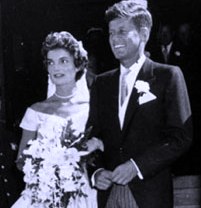



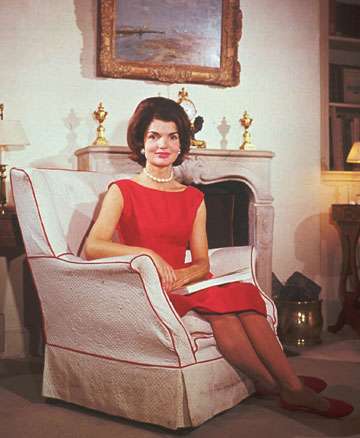

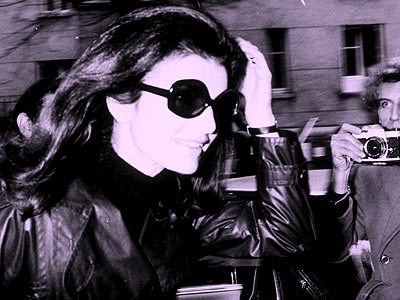


 I watched that line dance and it took me way back – to the 1970s – to the TV dance show, “Soul Train,” hosted by Don Cornelius. I loved that show. Those kids could dance. I watched “Soul Train” on Saturday mornings when I was in high school and college. It came on right after “American Bandstand.”
I watched that line dance and it took me way back – to the 1970s – to the TV dance show, “Soul Train,” hosted by Don Cornelius. I loved that show. Those kids could dance. I watched “Soul Train” on Saturday mornings when I was in high school and college. It came on right after “American Bandstand.”


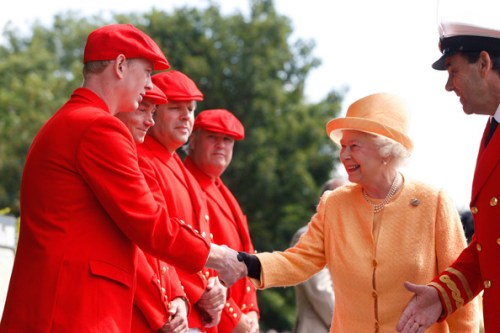


 It was
It was 



